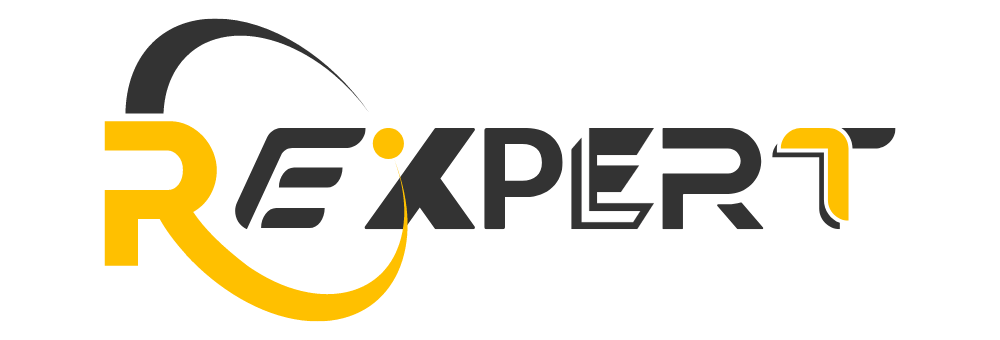I am glad to see that you want to optimize your content to make it more user- and search-engine-friendly.
SEO uses content optimization to get a higher ranking for relevant keywords. It also helps you get quality leads for your business and many more.
If you don’t know the importance of content optimization you can visit my previously written blog.
Let’s come to the point of “How to optimize content for SEO”.
Here is the step-by-step process:
- Research the most relevant keywords
- Optimize your heading well
- Follow keyword density, prominence, and proximity
- Use keywords naturally
- Optimize meta tags
- Use proper internal linking
- Add authoritative sources
1. Research the most relevant keywords
Keywords are the term fired by the users on the search engine to find the relevant topic. User a keyword research tool to get the most relevant keywords for your content.
I suggest using more detailed long-tail keywords that perfectly fit your content niche.
2. Optimize your heading well
The heading is the first point of attraction in your content. Properly optimized headings are an important part of content optimization.
Using keywords in your heading is best practice but keep in mind heading must look natural and attractive.
Use different variations of headings in your content. like: H1, H2, H3,…, H6.
Always use the first heading as H1 then H2 and so on. Also, remember H1 should be only used one time in the content.
3. Follow keyword density, prominence, and proximity
While optimizing the body part of your content. It is important to use keyword density, prominence, and proximity.
Let’s have a quick definition of all three terms:
Keyword Density:
It is the ratio of the number of times a keyword is used in your content. The best practice is to use a keyword density of 2–3 percent.
For example: If your content is about 100 words use your keyword 2-3 times not more than that.
Keyword Prominence:
It refers to how close to the beginning your keywords are within your content. Especially in the heading, title tag, meta description, and body of content.
It is best practice to start your content with the most important key phrases.
Keyword Proximity:
Sometimes it is difficult to use exact key phrases in our content. So I use to add more valuable words within our keywords to look natural.
Keyword proximity is the distance between our main key phrases, the smaller the distance will count as more relevant according to the search engine point of view.
4. Use keywords naturally
Don’t repeat your keywords too often because it sounds insincere and robotic. Also, google punishes this kind of content.
5. Optimize meta tags
Meta tags play a very important role in keyword ranking on a web page. It appears in SERP (Search Engine Rank Page) and it is the shortest way of representing what is on your web page.
Always use keywords in your meta tags to increase relevance for users and search engines.
6. Use proper internal linking
Always do internal linking in your content body also known as Siloing. Keep in mind anchor text must be relevant to the page you are linking to.
It is best practice to do internal linking because it helps the crawler to visit other web pages also.
7. Add authoritative sources
Always use the information or statistics from well-known, authoritative websites only. It is best practice to highlight and link to the exact web page, from which you get the information.
It helps increase user trust in the content.
Conclusion:
Optimizing content is not a 1-time process. As you know nobody likes old content, so update your content with new spices after a period of time.
Finally, I hope you get the answer to your question, “How to optimize content?” If yes, please like, share, and comment.







